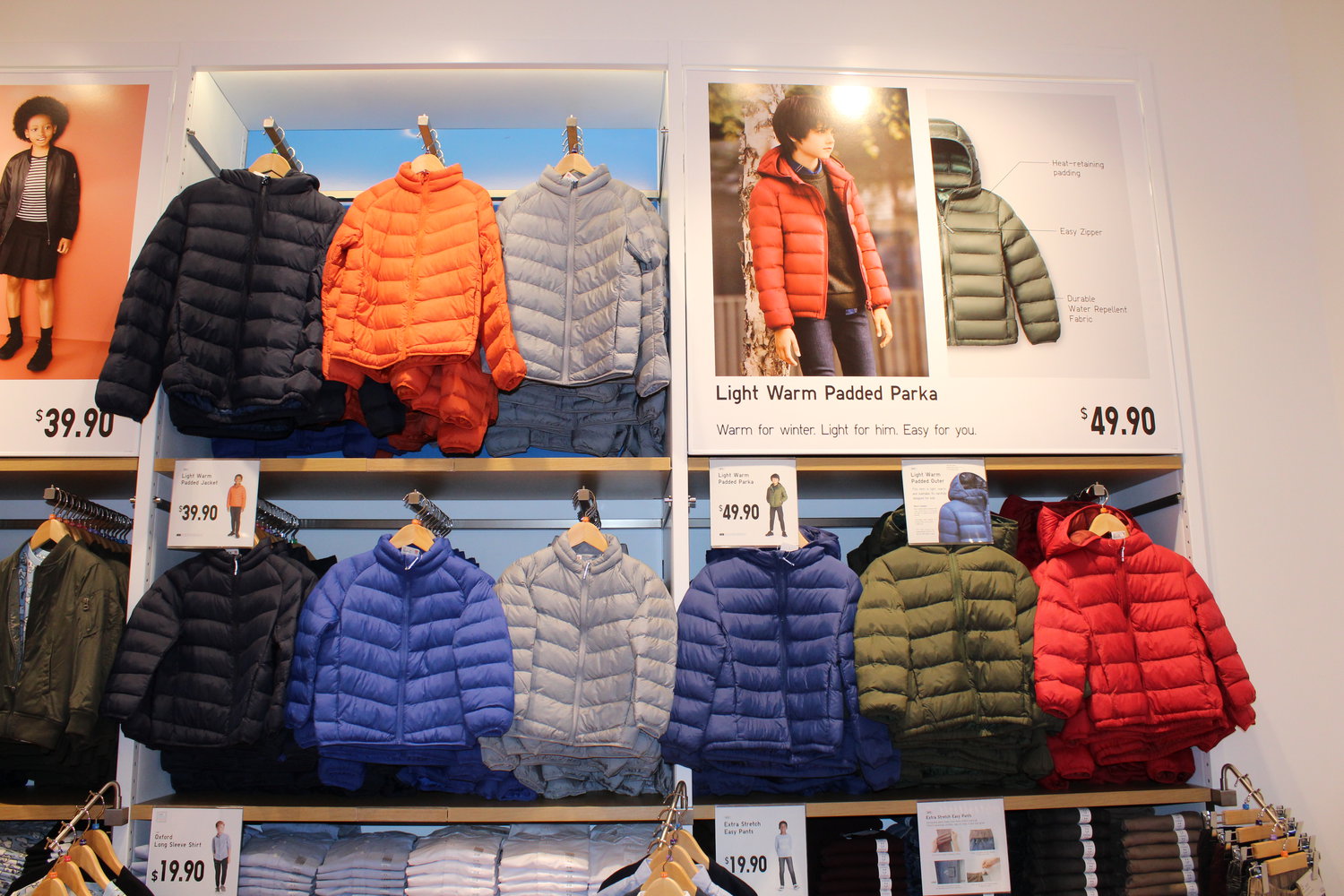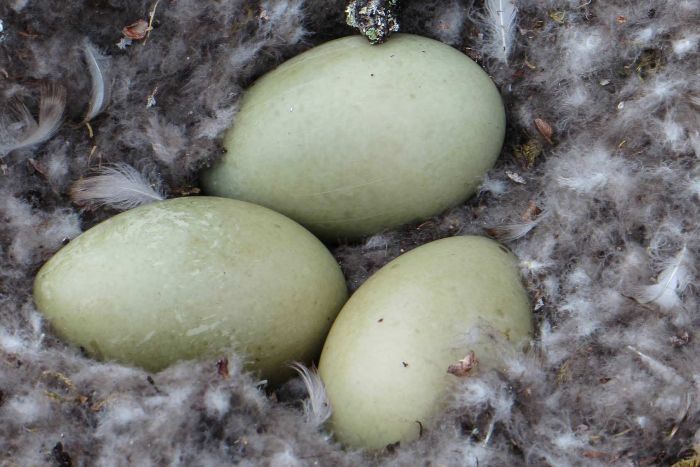Puffer Jackets are ubiquitous, they’re virtually inescapable. But the reality is more sinister than many of us realise.

The rise of the puffer jacket is a story of functionality over form. At face value, it seems an unlikely garment to be raised to the lofty heights of high fashion.
It’s a success story in line with other ‘90s fashion staples making a comeback. Think camo pants and crop tops. But the puffer jacket is unmatched. No section of society is untouched by its phenomenal reach.
Street style adherents see the puffer as an intrinsic aspect of any casual-cool look. North Shore mums don their puffer jackets as they move between café and playgroup. And backpackers wouldn’t really be backpackers without their signature oversized jackets. The item is part of the rise of “gorpcore”, normcore’s outdoorsy cousin.
So how did the down jacket achieve such a bafflingly huge cultural reach?
The answer is as much political as it is sartorial.
Vogue Business has reported that outerwear brands like Canada Goose have been seeing serious sales growth in the outdoor gear sector. Luxury brand Loewe released a functional “nature” line this year that the brand touted as an “antidote to urban malaise”. But this couldn’t be further from the truth.
Ugly aspirational clothing is everywhere.
Prada has built an empire on overturning traditional aesthetic ideals. Miuccia Prada said of her brand’s look: “Ugly is attractive, ugly is exciting. Maybe because it is newer. The investigation of ugliness is, to me, more interesting than the bourgeois idea of beauty.”
And so many pay exorbitant amounts for traditionally unflattering styles. In an effort to not look “bourgeois”, the middle class will pay any price. The puffer jacket is a textbook example of this desire to dress down while also fitting in with modern style ideals. A typical North Face puffer will set you back $400.
It’s the latest intensely self-aware attempt to not look self-aware. And fashion labels are cashing in on the motivation to look like you’re more interested in practicality than style. Puffer jackets are supposed to give the wearer an effortless cool, like it was just thrown on as an afterthought.
It’s also a part of the fashion industry’s push towards sustainability, with items seen as “practical” exempt from accusations of wastefulness and excess.
But the cruel truth lies just beneath the surface.

The truth behind this seemingly innocent fashion item is much more sinister than many realise.
It’s ironic that the rise of the puffer jacket, and other practical outdoorsy items, coincides with a time when we are the most removed from the natural world. It is emblematic of a lack of awareness, which is all the more stark when we remember that the production of cheap puffer jackets is predicated on the live plucking of ducks and geese. This process sounds horrible because it is.
Live plucking means that the ducks or geese are alive when the down is harvested. They are held while the feathers are violently plucked from their chests, before being returned to a cramped pen so their feathers can grow back. The process is repeated up to four times a year. The live plucking industry is a significant aspect of the puffer jacket and other down-based garments’ affordability.
Unless puffer jackets adhere to the Traceable Down Standard (TDS) or Responsible Down Standard (RDS), its likely that the down inside was live plucked.
While the TDS and RDS are steps forward, the standards’ terms often lead to the mass slaughter of birds in order to access their feathers, a result which, while minimising the length of the suffering and torture that they suffer, is not a humane alternative.
Even products that carry the TDS or RDS logo have been created through the exploitation and slaughter of ducks and geese. When animals become commodified, their lives are overlooked. Even your “ethical” North Face or Kathmandu jacket is not truly ethical.
Eiderdown is one kind of down collected from the nests of birds without harming the animal. This is the only method that does no harm at all. Unfortunately this raises the garment’s cost to anywhere between $2,000 – $10,000.
But, it’s clear that the cost of a cheap puffer jacket is much, much higher. And it certainly pays to be aware of where our latest cool fashion items are coming from.
Subscribe to FIB’s newsletter for your weekly dose of music, fashion and pop culture news!







